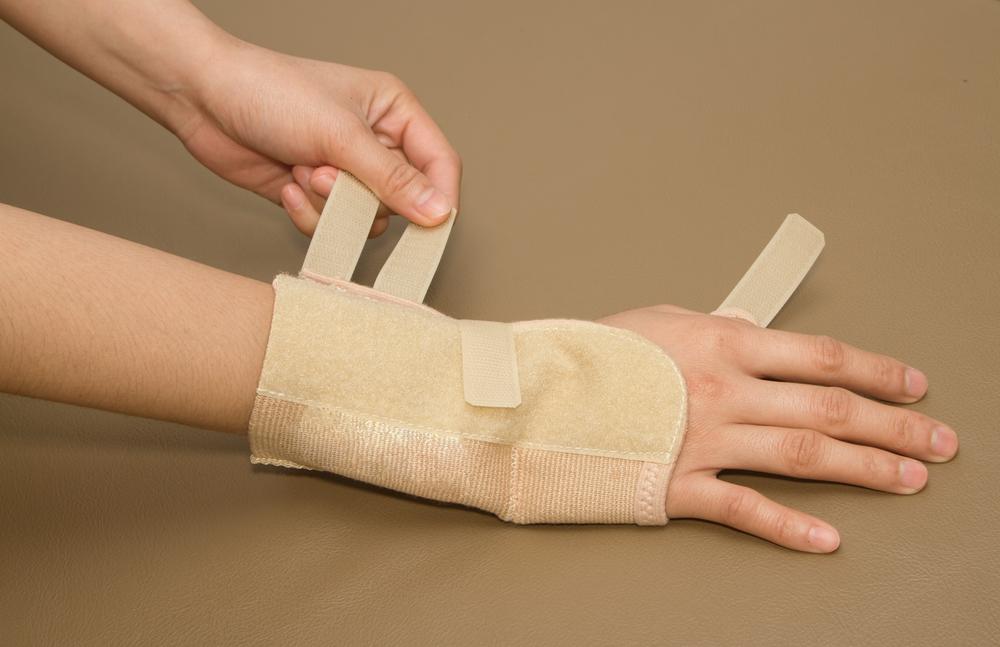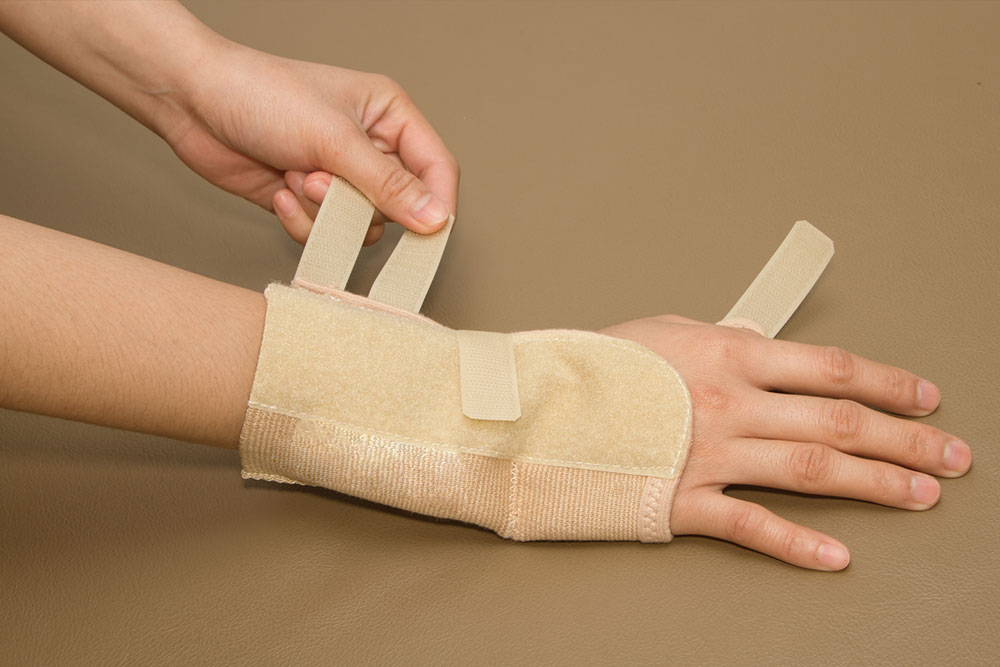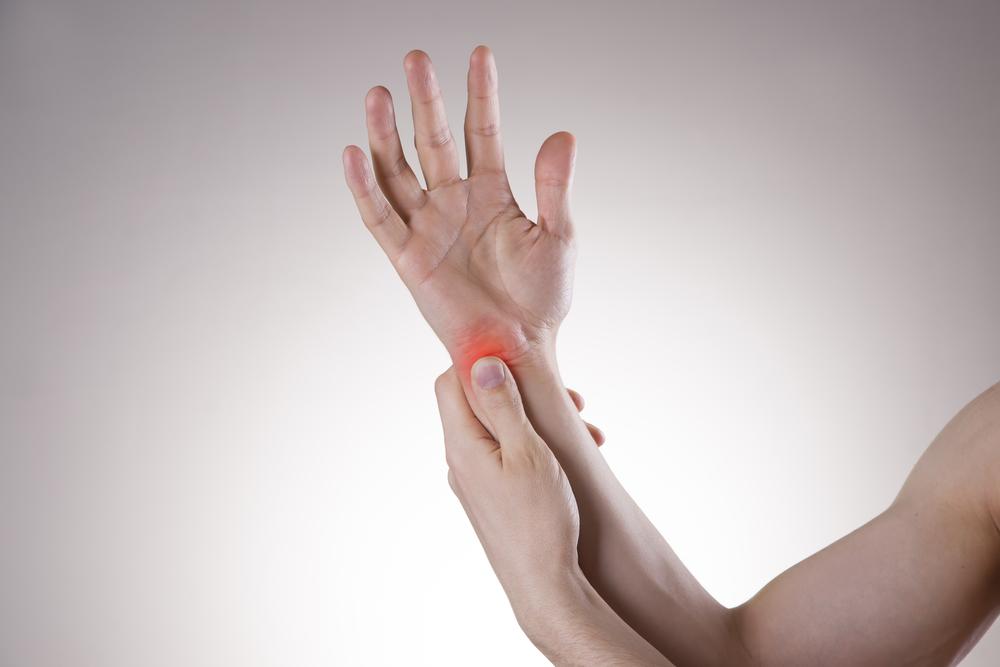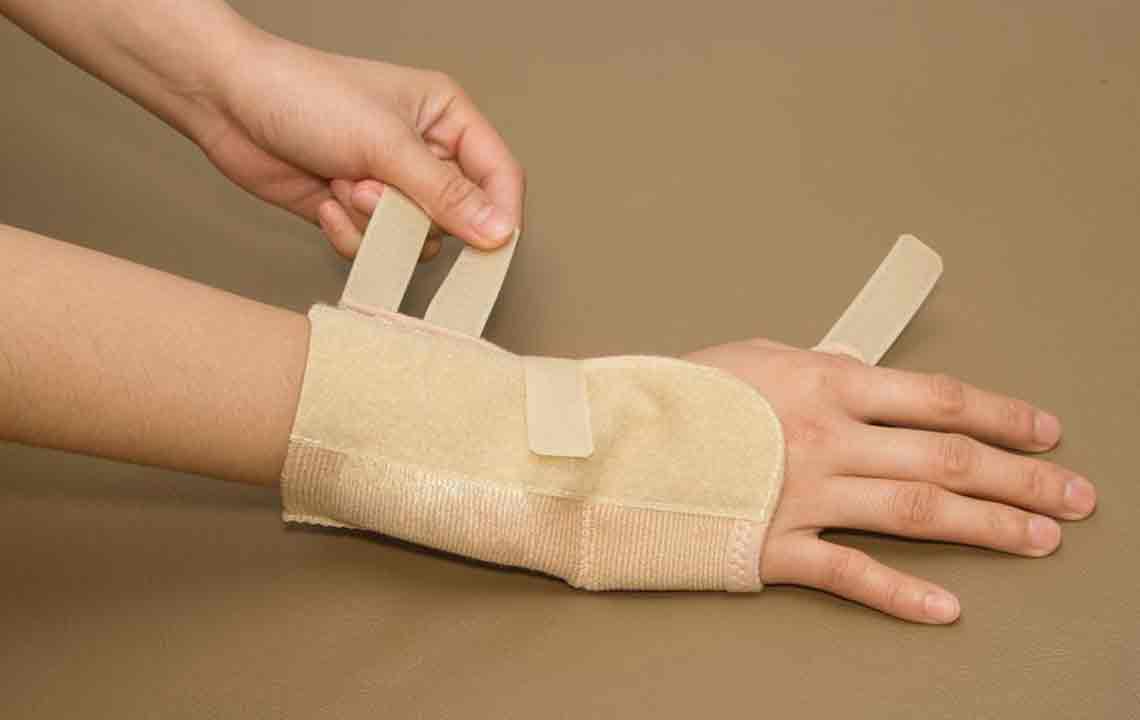Simple and Effective Exercises for Managing Carpal Tunnel Pain
Discover simple, effective exercises to help relieve carpal tunnel syndrome pain. These stretches improve wrist flexibility and reduce discomfort, making daily activities easier. Suitable for at-home practice, these routines can prevent progression when done regularly. Consult a healthcare professional if symptoms persist or worsen to explore additional treatment options, including medication or surgery. This article provides tips to manage CTS safely and effectively, emphasizing the importance of proper warm-up and professional guidance.

Simple and Effective Exercises for Managing Carpal Tunnel Pain
Carpal tunnel syndrome, or CTS, impacts the muscles of the wrist and palm, causing numbness, tingling, and burning sensations. Patients may also experience pain, which requires proper treatment to prevent serious muscle damage. Medical guidance combined with regular, targeted exercises can significantly help in alleviating symptoms and preventing further issues.
Research indicates that aside from medication, consistent stretching and mobility exercises are beneficial for managing CTS symptoms effectively.
This guide introduces simple carpal tunnel exercises designed to ease pain and improve wrist flexibility. Starting with gentle warm-ups, such as wrist rotations and finger stretches, these routines can be performed at home. Additional stretches like prayer pose, wrist flexor, and extensor stretches target specific muscles, promoting relief. Remember to warm up adequately before exercises to maximize benefits. If discomfort persists, consult a healthcare professional for further evaluation and treatment options, including medications or surgery if necessary.
Key Carpal Tunnel Exercises:
Warm-Up Rotations
Begin with wrist rotations, moving your wrists up, down, and side to side, repeating four times. Keep fingers relaxed and apart, gently stretching thumbs by pulling them back and holding for several seconds. Repeat multiple times for flexibility.
Prayer Stretch
Join palms beneath the chin, then slowly lower arms, feeling a gentle pull in the forearms. Hold for about thirty seconds and repeat four times to reduce tension.
Wrist Flexor Stretch
Extend hands forward, palms up, and bend wrists downward, feeling a stretch in the forearm. Maintain for twenty seconds and repeat four times.
Wrist Extensor Stretch
Flip palms downward, then gently bend wrists upward, stretching the forearm muscles. Hold for fifteen seconds and perform this stretch four times.
Proper warm-up is crucial for preparing muscles for stretching, reducing injury risk, and enhancing exercise effectiveness. These exercises can be safely done at home, and online tutorials are available for guidance. If symptoms worsen or persist, consult a healthcare professional promptly. In some cases, medication, injections, or surgery may be necessary after professional evaluation.
Note: The information provided aims to guide readers through effective CTS management strategies. It is not a substitute for professional medical advice. Always consult a doctor for persistent or severe symptoms before starting any new exercise routine or treatments.









